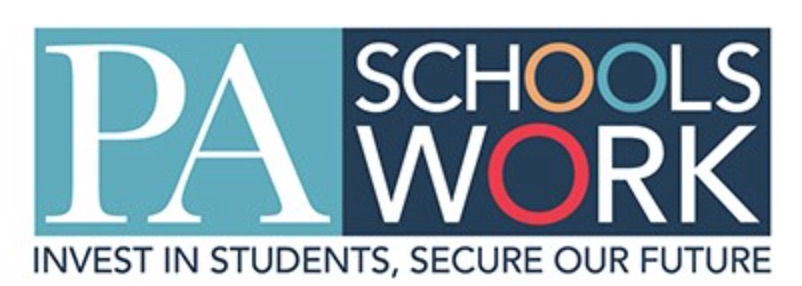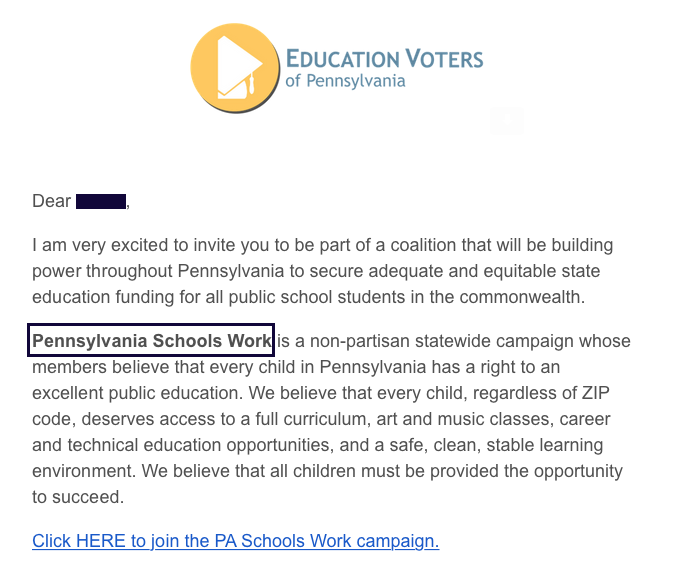"We as students get to tell our story" — at the Premiere of "Personal Statement"

I recently had the honor of attending the premiere of Personal Statement, a film by Julie Dressner and co-directed by Edwin Martinez that follows three high school seniors who were trained to support their peers through the college application process — while applying to college themselves. Listening to the film’s protagonists speak about the power of a youth-led model to address inequity in college access, I could not help but think about all of the youth organizers from the Urban Youth Collaborative. Since 2005, UYC has been fighting to develop and get funding for a youth-led college access model as a part of their College Pathways campaign. More than 13 years ago, those youth organizers explained their motivations:
We realized that, in many of our communities, students were being pushed into GED programs and into the military, rather than being helped to realize their dreams for college. We believe that every NYC high school student has the fundamental right to obtain the counseling and academic support necessary for him or her to succeed in high school and go to college.
They advocated for Student Success Centers*, which would train high school students to work in partnership with adult counselors to support students through the college search, application, and decision-making process. Their efforts resulted in funding for Make the Road NY to open New York City’s first Student Success Center on the Bushwick Campus in November 2007 and then for Cypress Hills LDC to open the second on the Franklin K. Lane Campus in January 2008. Personal Statementfeatures these two Student Success Centers, alongside one of the many others that have been established since then in NYC. College Access: Research & Action (CARA) works with these Student Success Centers, providing 70+ hours of training for youth leaders to develop the knowledge and skills they need to do their work, and supporting their supervisors to establish needed structures and supports for effective programming.
Personal Statement shines a critical light on the complexity and challenges of the college process for low-income students, the gross inequity in available resources, and the power of young people to support their peers in realizing their college Continue reading: "We as students get to tell our story" — at the Premiere of "Personal Statement" | Schott Foundation for Public Education


















